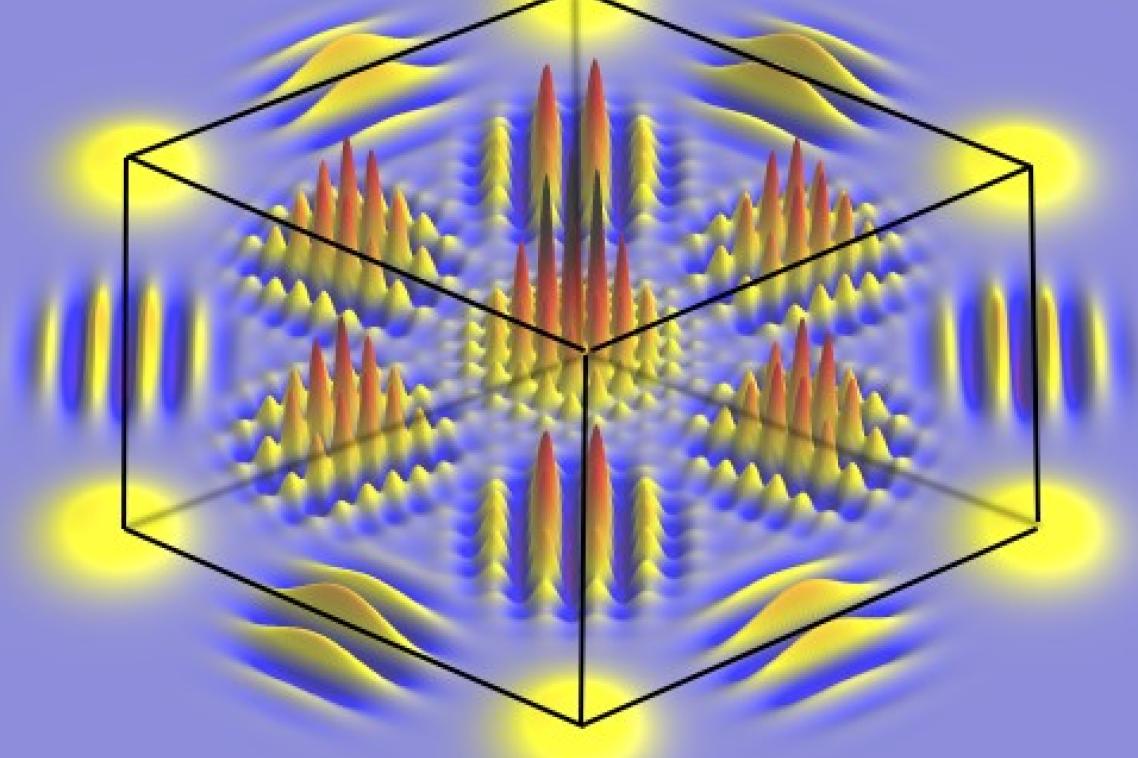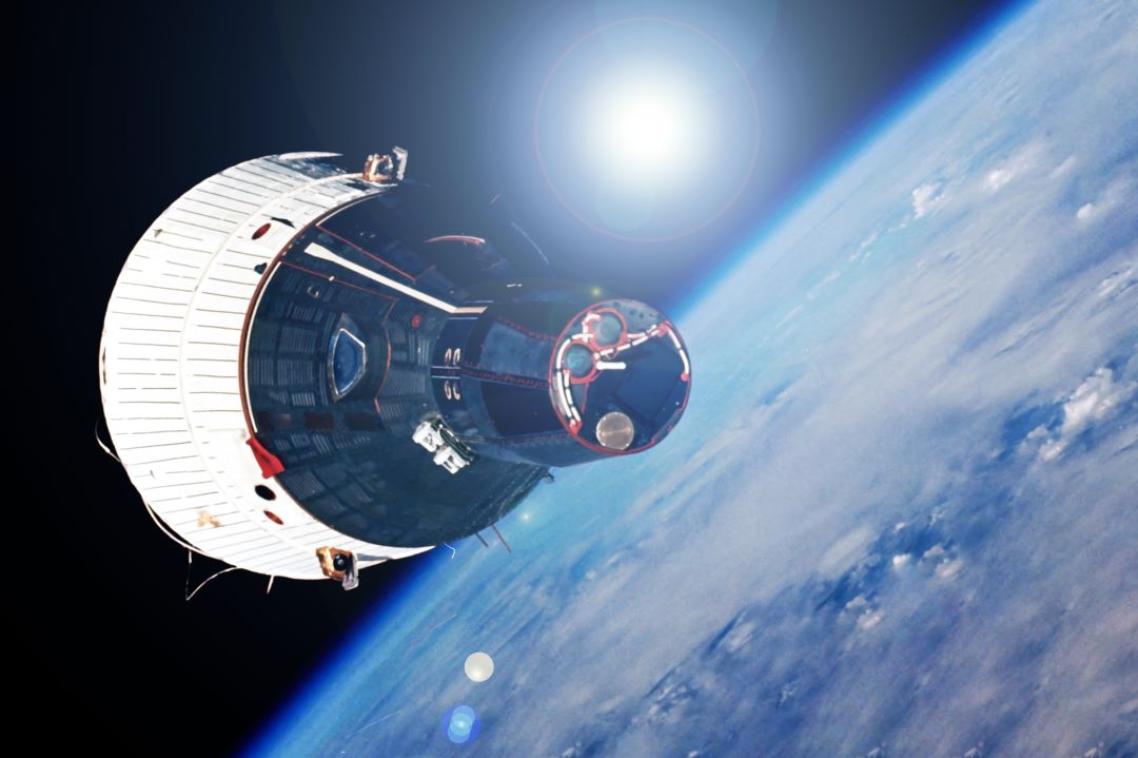Physicists discover family members of Schrödinger’s cat

It has been said that the internet exists chiefly to show videos of cats interacting with boxes.
An international team of researchers led by The University of Queensland has extended cats and boxes into the quantum realm, discovering that Schrödinger’s famous dead-and-alive cat is just one of an infinite family of quantum states.
ARC Centre of Excellence for Engineered Quantum Systems UQ PhD candidate Lewis Howard, said the states were all generated using multidimensional boxes called hypercubes.
“We found as the hypercubes become larger, they generated Schrödinger-cat-like states with increasingly finer features in phase space, making them more powerful for quantum applications,” Mr Howard said.
“Think striped tigers as opposed to tabbies.”
Creating these hypercube states – in this case using single particles of light and a tiny mechanical drum – is an important ingredient in quantum technologies.
“The Schrödinger Cat state, discovered in 1935, is a quantum superposition of two states, normally referred to as ‘dead’ and ‘alive’.

The study showed that the cat and the compass state are just the smallest two members of an infinitely large family of hypercube states.
University of Innsbruck’s Dr Martin Ringbauer, who guided the research, said that hypercube states consist of multiple quantum superpositions that map out the corners of multidimensional cubes.
“We discovered these quantum hypercube states by accident while experimenting with methods to create quantum states that could be useful in quantum sensors,” Dr Ringbaurer said.
Centre of Excellence for Engineered Quantum Systems researcher Dr Till Weinhold said that these quantum states could be used in future quantum technologies, such as super-sensitive sensors.
“When we use a ruler to measure distance, the smallest distance that can be measured depends on the grading of the ruler,” Dr Weinhold said.
“Usually quantum mechanics tells us that one cannot make the grading on the ruler finer and finer.
"Hypercube states get around this limit by using quantum interference to create features much smaller than otherwise possible."
“The tiny features of hypercube states can act like the grading of the ruler to make hypercube states interesting candidates for next generation sensors."
“These states allow us to exploit quantum properties to measure at scales far below what is classically possible.”
The paper is published in Physical Review Letters.
Contact: Lewis Howard, l.howard@uq.net.au, 0412 202 476; Andrew White, director@equs.org, 0466 256 329.
Topics
Related articles

Thousands of Queensland reef photos lead to worldwide change

UQ to conduct world-first tests into effectiveness of magnetic heat shields for atmospheric re-entry of large spacecraft
Media contact
UQ Communications
communications@uq.edu.au
+61 429 056 139
